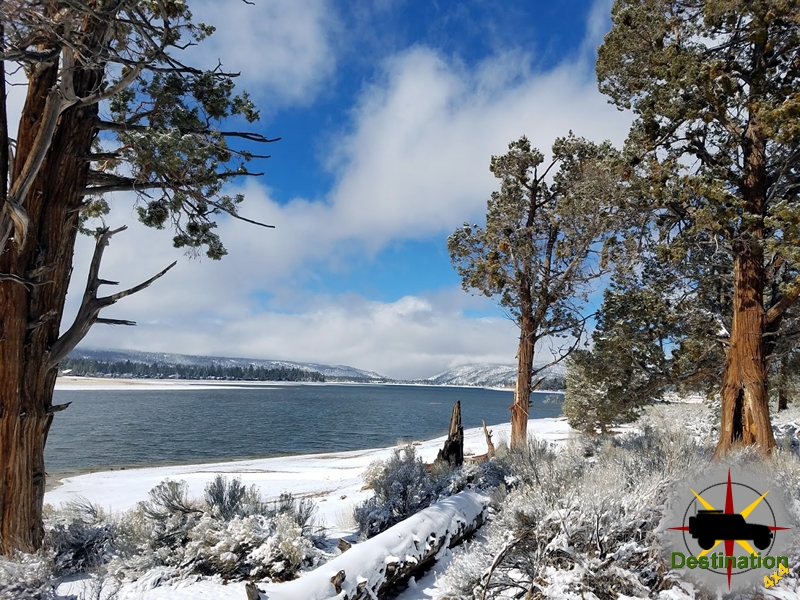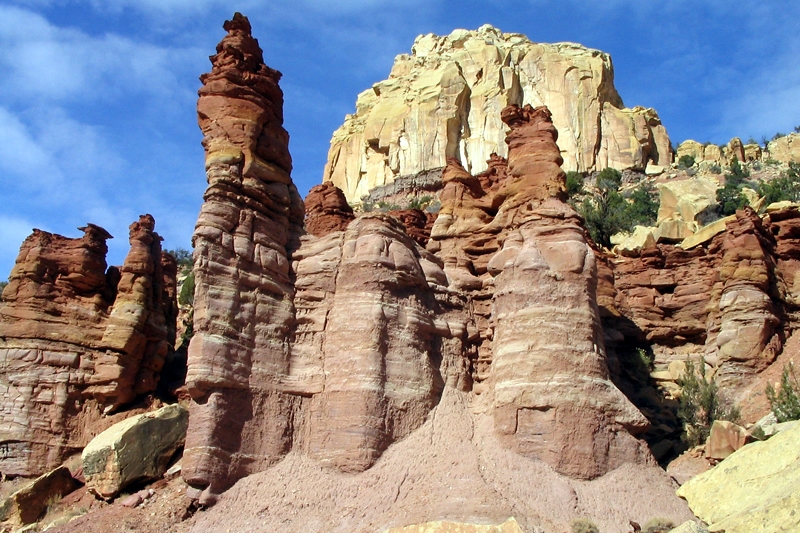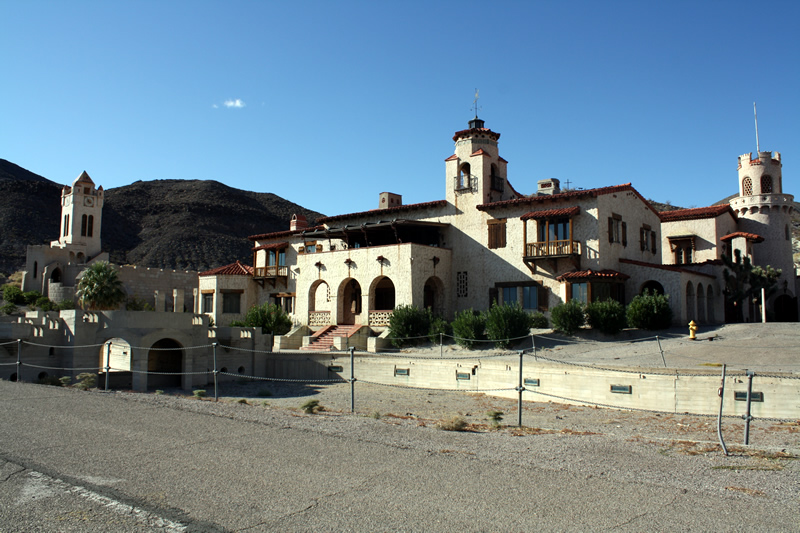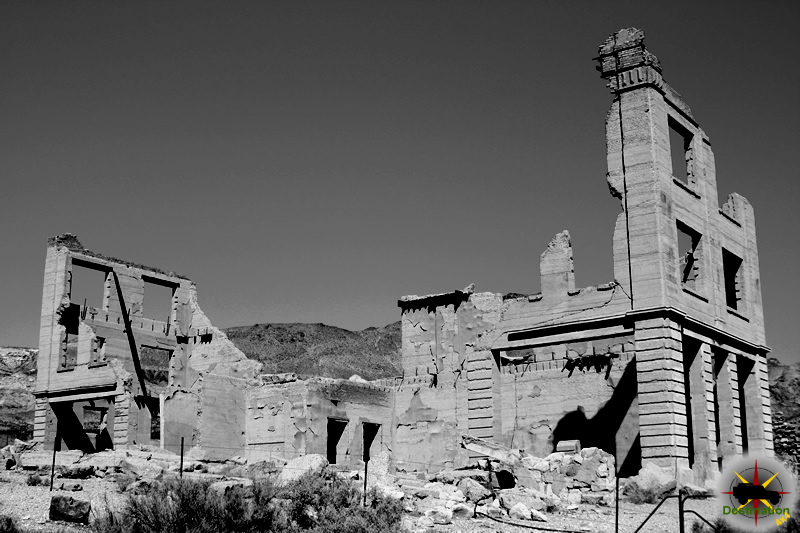
Tombstone (Images of America)

Tombstone sits less than 100 miles from the Mexico border in the middle of the picturesque Arizona desert and also squarely at the heart of America’s Old West. Silver was discovered nearby in 1878, and with that strike, Tombstone was created. It soon grew to be a town of over 10,000 of the most infamous outlaws, cowboys, lawmen, prostitutes, and varmints the Wild West has ever seen. The gunfight at the O.K. Corral made Wyatt Earp and John Henry “Doc” Holliday legendary and secured Tombstone’s reputation as “The Town Too Tough to Die.” In this volume, more than 200 striking images and informative captions tell the stories of the heroes and villains of Tombstone, the saloons and brothels they visited, the movies they inspired, and Boot Hill, the well-known cemetery where many were buried.
About the author
Writing credentials include over 200 articles for both popular and professional publications. For four years I produced all material for the Arizona Sheriff Magazine. My writing credentials include more than 200 articles for both popular and professional publications covering a broad spectrum of children’s fiction, travel, personal profiles, biology, construction, food, and public relation pieces. My books include a biography of Henry Ossian Flipper, West Point’s First Black Graduate, Arizona Twilight Tales, and books in Arcadia Publishing’s Images of America series focusing on Arizona towns including Tucson, Nogales, Apache Junction and Tombstone. She writes regularly for Biology Digest a quarterly publication for high school science teachers. In 2009, Globe Pequot published my book. They Made Their Mark: An Illustrated History of the Society of Woman Geographers. That same year she made a presentation on the Society of Woman Geographers at the 10th International Congress of Women in Madrid, Spain.
Book Summary
| Name | Tombstone (Images of America) |
| Author | Jane Eppinga |
| Publisher | Arcadia Publishing |
| Pages | 128 Pages |
Bodie: Good Times & Bad

Author Nicholas Clapp and photographer Will Furman portray Bodie in both vivid words and stunning photography—a town that had two sides, aptly described in an 1870s account…On the eve of her family’s departure for booming Bodie, a little girl was said to have gathered her dolls, that they might join her as she knelt by her bed, her prayer concluding with a somber…“Goodbye, God; we are going to Bodie!” Word was that the camp was hard-bitten, desperado-ridden.Getting wind of the girl’s farewell to the Almighty, The Weekly Bodie Standard reported that, oh no, that wasn’t what the she had mind. Not at all. Someone had gotten the punctuation wrong. What she surely said was…“Good, by God, we are going to Bodie!” There were, in fact, two Bodies. On one hand, it was “a fearfully and wonderfully bad place” stalked by shootist in black swallow-tailed coats. On the other hand, it was a town of hard-working pioneers who dressed their little girls in starched white frocks and met adversity with charity and good cheer. As he passed through, Mark Twain mused that in Bodie virtue versus vice made for exciting times, and he’d have it no other way. He was to add, “It was a plain wonder how man carried on under such circumstances.”
About The Author
Award-winning documentary filmmaker and author Nicholas Clapp has studied, filmed, and written the deserts of the world. With a master’s degree in cinema from the University of Southern California, his first professional break came when he produced and directed The Great Mojave Desert, a one-hour special for CBS and the National Geographic Society. He has won over 70 major film awards for his documentary work.
Book Summary
| Title | Bodie: Good Times & Bad |
| Author | Nicholaw Clapp |
| Publisher | Sunbelt Publishing |
| Pages | 112 Pages |
References
Murphy Campground

Murphy Campground is a remote backcountry camping area along the White Rim Trail in Canyonlands National Park’s Island in the Sky district. It consists of three designated sites (Murphy A, B, and C), each accommodating up to three vehicles and 15 people, designed to offer privacy with sites spaced to reduce visibility and noise from one another. Located at approximately 4,800 feet elevation, the campground sits atop Murphy Hogback, a prominent ridge offering spectacular 360-degree views of the surrounding desert landscape, including red rock canyons, buttes, and the distant La Sal and Henry Mountains. The sites are primitive, with no potable water, shade, or wind protection, requiring campers to bring all supplies, including at least 1 gallon (4 liters) of water per person per day. A vault toilet is shared among the sites, though some campers note it can be odor-prone in warmer months. The terrain is rocky and hard-packed, suitable for tents but challenging for securing stakes due to the exposed, windswept conditions. Stargazing is exceptional due to the high elevation and minimal light pollution, with visitors describing the night sky as “awe-inspiring.” Access requires a high-clearance 4×4 vehicle, as the trail to Murphy, particularly the steep climb up Murphy Hogback, is rugged and unsuitable for standard vehicles or large trucks with oversized campers (e.g., Ford F-350 with large campers). Overnight permits are required, costing $36 for the reservation plus $5 per person per night, and are highly competitive, especially in spring and fall. Murphy’s dramatic location makes it a highlight for White Rim Trail adventurers seeking iconic views.
White Rim Trail
The White Rim Trail is a legendary 100-mile loop in Canyonlands National Park’s Island in the Sky district, renowned for its challenging terrain and stunning desert scenery. This high-clearance 4×4 route, also popular among mountain bikers, follows the “white rim” ledge between the mesa top and the Green and Colorado Rivers below, offering sweeping views of red rock canyons, towering buttes, and river valleys. Key highlights include Gooseneck Overlook, Musselman Arch, White Crack (with vistas of the Maze and Needles districts), and Murphy Hogback, where the campground is located, known for its breathtaking 360-degree panoramas. The trail features a mix of wide dirt roads, sandy stretches, and technical jeep trails with cliff exposure, particularly at Shafer Trail, Lathrop Canyon Road, Murphy Hogback, Hardscrabble Hill, and Mineral Bottom switchbacks. With an elevation gain of approximately 9,160 feet, the route is moderately difficult for vehicles and strenuous for cyclists, typically taking 2-3 days to complete, though experienced bikers may attempt it in one day. Permits are required for both day-use and overnight trips, with 20 designated campsites across 10 areas, including Murphy Campground. No potable water is available, and high water on the Green River (May-June) can flood western sections, potentially preventing a full loop. The best seasons are spring (March-May) and fall (September-November) for milder temperatures and stable weather, as summer brings extreme heat and winter may bring closures.
Labyrinth Campground

Labyrinth Campground is a remote backcountry camping area along the White Rim Trail in Canyonlands National Park’s Island in the Sky district. It consists of two designated sites (Labyrinth A and B), each accommodating up to three vehicles and 15 people, designed to provide privacy with sites spaced to minimize visibility and noise from one another. Located at approximately 4,300 feet elevation near the Green River, the campground offers stunning views of the surrounding desert landscape, including red rock cliffs, canyons, and the river’s winding bends.
The sites are primitive, with no potable water, shade, or wind protection, requiring campers to bring all supplies, including at least 1 gallon (4 liters) of water per person per day. A vault toilet is shared between the sites, though campers have noted occasional odors in warmer months. The terrain is sandy and rocky, suitable for tents but potentially challenging for securing stakes due to loose soil in some areas. Stargazing is exceptional due to the remote location and minimal light pollution, with visitors describing the night sky as “spectacularly clear.” Access requires a high-clearance 4×4 vehicle, as the trail to Labyrinth includes rugged sections and sandy washes unsuitable for standard vehicles or large trucks with oversized campers (e.g., Ford F-350 with large campers). Overnight permits are required, costing $36 for the reservation plus $5 per person per night, and are highly competitive, especially in spring and fall. Labyrinth’s proximity to the Green River and its serene, isolated setting make it a favorite for those seeking a tranquil backcountry experience.
White Rim Trail
The White Rim Trail is a renowned 100-mile loop in Canyonlands National Park’s Island in the Sky district, celebrated for its challenging terrain and breathtaking desert scenery. This high-clearance 4×4 route, also popular among mountain bikers, traces the “white rim” ledge between the mesa top and the Green and Colorado Rivers below, offering panoramic views of red rock canyons, towering buttes, and river valleys. Key highlights include Gooseneck Overlook, Musselman Arch, White Crack (with views of the Maze and Needles districts), and Murphy Hogback, known for its 360-degree vistas. The trail features a mix of wide dirt roads, sandy patches, and technical jeep trails with cliff exposure, particularly at Shafer Trail, Lathrop Canyon Road, Murphy Hogback, Hardscrabble Hill, and Mineral Bottom switchbacks. With an elevation gain of approximately 9,160 feet, the route is moderately difficult for vehicles and strenuous for cyclists, typically taking 2-3 days to complete, though experienced bikers may attempt it in one day. Permits are required for both day-use and overnight trips, with 20 designated campsites across 10 areas, including Labyrinth Campground. No potable water is available, and high water on the Green River (May-June) can flood western sections, potentially preventing a full loop. The best seasons are spring (March-May) and fall (September-November) for milder temperatures and stable weather, as summer brings extreme heat and winter may bring closures.
Aurora, Nevada 1860-1960: Mining Camp, Frontier City, Ghost Town

This expanded Second Edition of Aurora, Nevada 1860-1960 chronicles the history of one of Nevada’s earliest and most important mining boomtowns. It is a reference-oriented book, which includes hundreds of edited and annotated newspaper clippings and other firsthand accounts about Aurora’s buildings, businesses, major mines, social life, Paiute citizens, ghost town days, and final destruction over the entire length of its century-long history. This new edition has 98 additional pages with a new section on violence at Aurora during 1863 and 1864, more information about the Daly gang, complete directories for the boom years 1864, 1880, and 1915, and an annotated list of residents from 1861-1864 and 1880. The book now includes 14 maps and over 200 photographs.
Author’s Note
A “Second Edition” (ISBN 978-1979848862) and newer hardcover “Second Color Edition” (ISBN 979-8507081967) of this book are now available on Amazon., Despite a century of history, and the valiant efforts of all those who believed the town would last forever, Aurora, Nevada, is now and forevermore a “Colossal Wreck” slowly returning to its beginnings-a sagebrush and pinyon pine covered valley home to jackrabbits and a few ghosts from the past. While Aurora is gone, its historical record remains, thus providing us the opportunity to reconstruct the town and its society if only in our imagination. Most historical accounts about Aurora have focused on the town during its early 1860s mining boom. However, Aurora’s rich and colorful history deserves a closer look. This new reference-oriented publication includes hundreds of edited and annotated newspaper clippings and other firsthand accounts about Aurora’s buildings, businesses, major mines, social life, Paiute citizens, ghost town days, and final destruction over the entire length of its century-long history. It also includes directories for the boom years 1864, 1880, and 1915, as well as 6 maps and over 150 photographs, many of which are “then and now” comparisons of the same view., Author’s Note: This book is the original edition but there is also a new revised and expanded “Second Edition” (search ISBN 978-1979848862) of this book now available on Amazon for the same price on a different Amazon page. The Second Edition has 98 additional pages that include 50 new photographs, 6 more maps, an expanded 1864 directory, and a new list of Aurora residents from 1861-1864.
Book Summary
| Title | Aurora, Nevada 1860-1960: Mining Camp, Frontier City, Ghost Town (Second Edition) |
| Author | Clifford Alpheus Shaw |
| Publisher | CreateSpace Independent Publishing Platform |
| Edition | 2nd Edition |
| Pages | 488 Pages |




